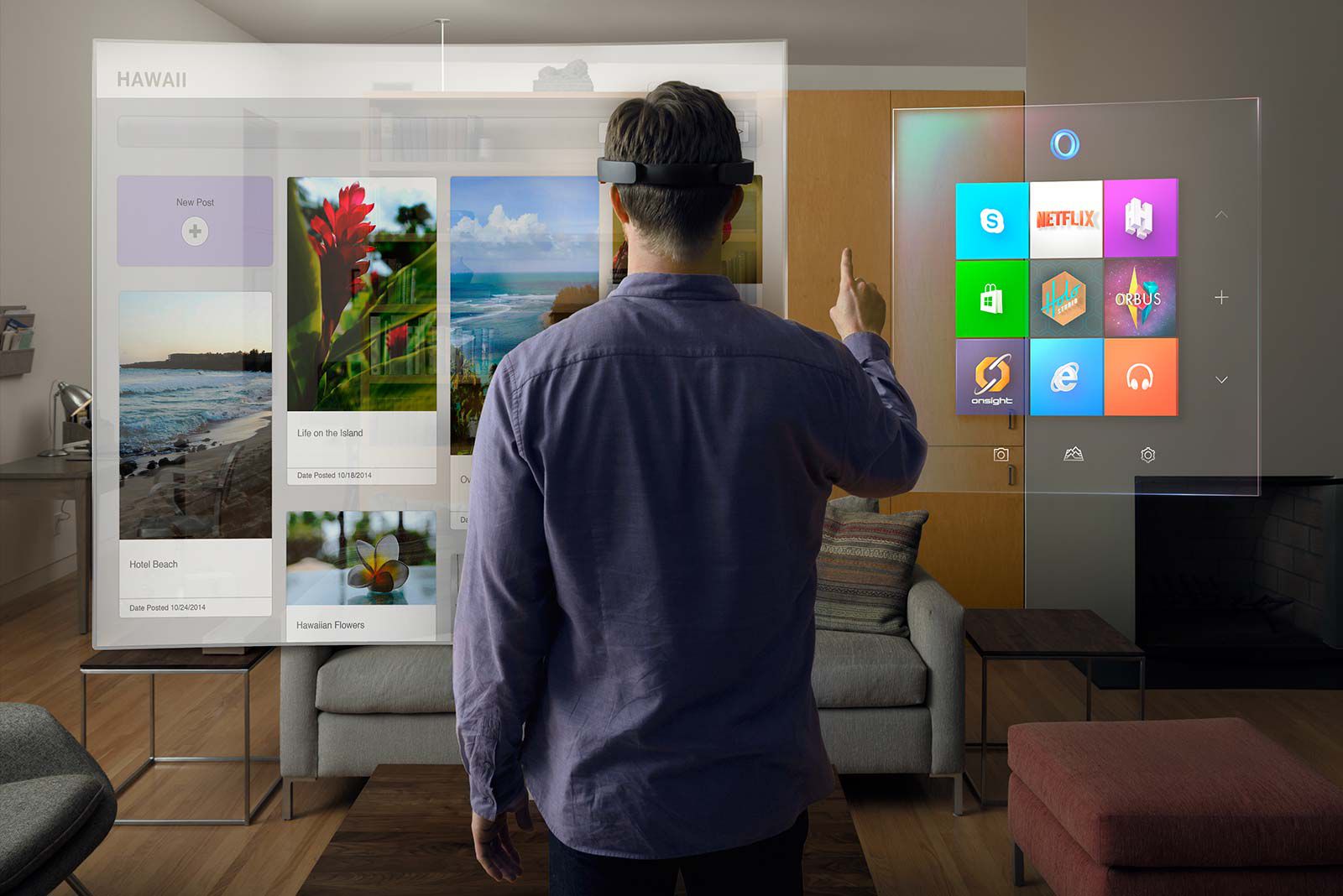
As previously mentioned in past articles, the consumer field of virtual reality headsets, hardware, and software is currently a confusing and difficult to navigate hot mess. Perhaps because the market is new, there are many developers and hardware producers attempting to throw their hat into the virtual reality ring. This has resulted in a fragmented market where users must choose their VR platform wisely. To help you choose wisely, I will continue reviewing the main hardware platforms that are currently dominating the VR market. Yesterday, I covered the big kahunas such as the HTC Vive, the Oculus Rift, and the ugly little brother, the Google Cardboard. Today coverage will continue with: the GearVR, Chinese headsets, and Microsoft’s offerings.
The GearVR
In past posts, I have pronounced my great love for the GearVR. Samsung’s GearVR offers one of the best high-resolution headsets at a great price. That is if you are interested in owning a Samsung S6, S7, Note or Edge variant phone. Samsung’s well-regarded phones work great for VR while providing one of the highest resolution VR experiences currently available.

Look at all those GearVR’s! Image credit: Facebook
Samsung’s GearVR also provides users access to the GearVR Oculus store which has a nice selection of apps and games. Although somewhat small in comparison, the Oculus Store has much higher quality content than anything available for Google Cardboard.
Chinese Players
Currently, there are quite a few Chinese companies attempting to break into the virtual reality market. One of the front runners in this group is the company Pimax. The headsets sold by Pimax are interesting propositions. Starting at 330 dollars, the Pimax 4K is one of the first virtual reality headsets that offers 4k resolutions. It does not actually render games at 4k, instead, it downscales to 1080P.

Pimax 4K headset. Image credit: Pimax
The native 4k resolution, even in its downscaled state, still offers a high-quality viewing experience. The pixel density eliminates the dreaded “screen door effect” where gaps between pixels can be seen. The screen door effect plagues even the most expensive headsets described here. Some say Pimax’s headset is actually the best headset available for viewing movies, and of course, VR porn.
Other Chinese headsets are coming to the market soon. For example, Hypereal has plans for releasing a low-cost headset with ultra-accurate tracking technology. Additionally, Pimax has an 8k headset on the way that will destroy my CPU and GPU.
Microsoft
While not strictly focusing on VR, Microsoft obviously wants a piece of the pie. They always do! Rather than creating virtual reality headsets, they are focusing on creating mixed reality headsets. Mix reality headsets combine virtual reality with actual reality to generate holographic video and gaming experiences. Microsoft’s tech is only available to developers, and real software is sparse. The developer HoloLens headset contains some pretty sophisticated hardware.
The HoloLens contains a full on PC. It has eyepieces that you can see through which light emitters transmit holograms onto. Additionally, Microsoft being Microsoft has shoehorned an entire Hololens operating system onto the kit. Most people that try it say it is amazing. That said, a consumer release still appears far off.

Image credit: Microsoft
Next up: More Microsoft, OpenVR, and PlayStation VR…
I never knew about Microsoft Hololens and it looks brilliant, I would love to have this, I am also more inclined towards mix reality to have access to my laptop all the time.
hey guys any feedbacks for pimax? I’m really interested in buying one but I want to hear from first-hand users themselves.